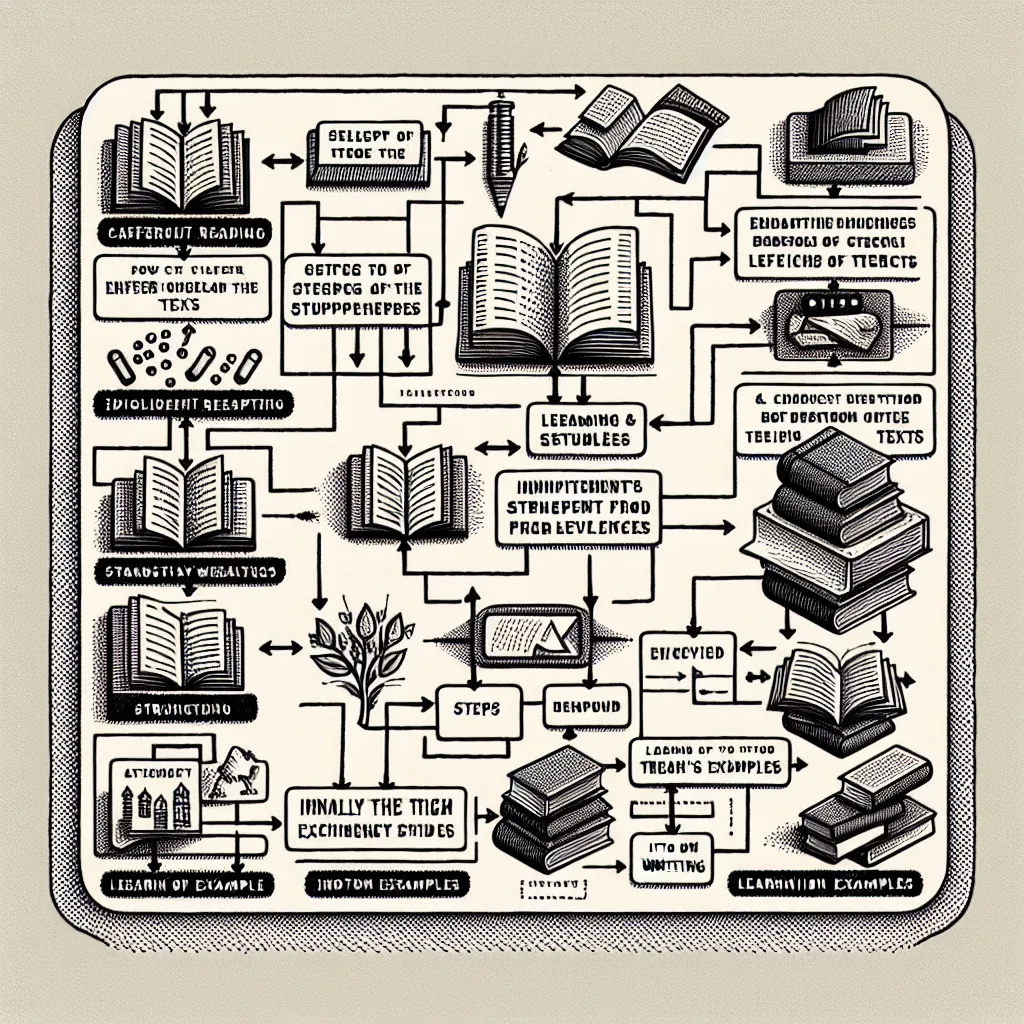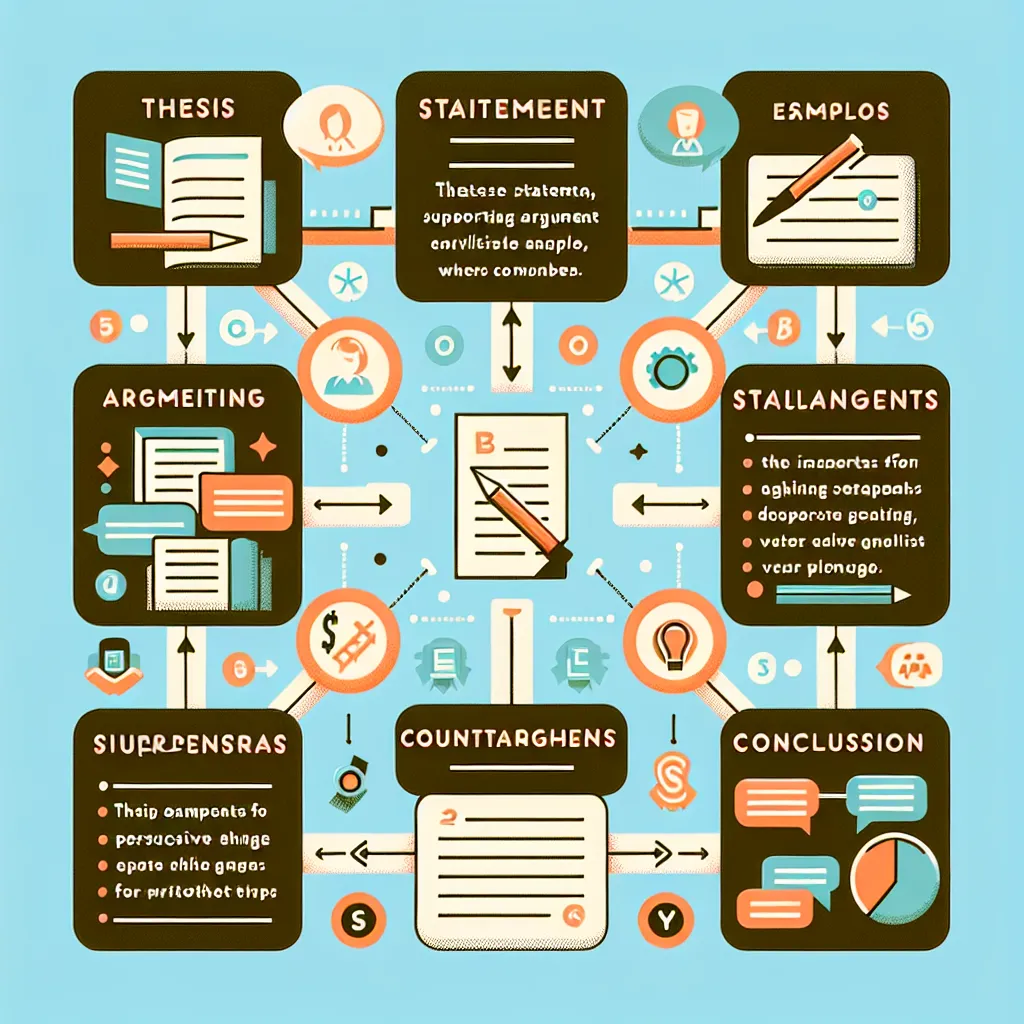Are you looking to enhance your English writing skills? One of the most effective methods is to analyze texts written by proficient authors. This approach not only exposes you to various writing styles but also helps you understand the nuances of the English language. In this comprehensive guide, we’ll explore how to improve your English writing by analyzing texts, providing you with practical tips and strategies to elevate your writing prowess.
Understanding the Importance of Text Analysis
Before diving into the techniques, it’s crucial to understand why analyzing texts is so beneficial for improving your English writing skills. Text analysis allows you to:
- Observe different writing styles and structures
- Expand your vocabulary
- Learn idiomatic expressions and collocations
- Improve your grammar and syntax
- Develop a better sense of tone and voice in writing
By studying well-written texts, you can absorb these elements and incorporate them into your own writing, making it more sophisticated and fluent.
 Text Analysis Benefits
Text Analysis Benefits
Selecting Appropriate Texts for Analysis
The first step in improving your writing through text analysis is choosing the right materials. Here are some tips for selecting texts:
Choose Texts Relevant to Your Goals
Select texts that align with your writing objectives. For instance, if you’re aiming to improve your academic writing, focus on scholarly articles and research papers. For creative writing, analyze short stories or novels in your preferred genre.
Vary Your Reading Materials
Don’t limit yourself to one type of text. Explore a range of genres and styles, including:
- News articles
- Academic journals
- Literary works
- Blog posts
- Professional reports
This variety will expose you to different writing techniques and broaden your understanding of the English language.
Consider Your English Level
Choose texts that are slightly above your current English level. This approach, known as the “i+1” principle in language learning, challenges you without being overwhelming.
Techniques for Analyzing Texts
Once you’ve selected your texts, it’s time to analyze them effectively. Here are some proven techniques:
1. Identify the Structure
Pay attention to how the text is organized. Look for:
- Introduction, body, and conclusion
- Paragraph structure
- Transitions between ideas
Understanding the structure helps you organize your own writing more effectively.
2. Study Vocabulary Usage
Highlight unfamiliar words and phrases. Notice how the author uses:
- Advanced vocabulary
- Synonyms to avoid repetition
- Precise word choices to convey specific meanings
Create a vocabulary list from each text you analyze and incorporate these words into your own writing.
3. Analyze Sentence Structures
Examine how sentences are constructed:
- Look for variety in sentence length and complexity
- Notice the use of subordinate clauses
- Observe how the author creates emphasis through sentence structure
Try to replicate these structures in your own writing to add sophistication and clarity.
4. Examine Grammar and Punctuation
Pay close attention to:
- Tense usage
- Agreement between subjects and verbs
- Punctuation marks and their effects on meaning
Understanding these elements will help you avoid common grammatical errors and use punctuation more effectively.
5. Identify Tone and Style
Consider the overall tone of the text:
- Is it formal or informal?
- Does the author use humor or seriousness?
- How does the author create a specific mood or atmosphere?
Recognizing these aspects will help you develop your own writing voice and adapt your style to different contexts.
 Text Analysis Process
Text Analysis Process
Practical Exercises for Text Analysis
To make the most of your text analysis, try these exercises:
-
Summarize the text: Write a brief summary of the main ideas. This helps you practice concise writing and ensures you’ve understood the content.
-
Rewrite paragraphs: Choose a paragraph and rewrite it in your own words. This exercise improves your paraphrasing skills and helps you internalize new vocabulary and structures.
-
Analyze transitions: Highlight transition words and phrases. Then, practice using them in your own sentences to improve the flow of your writing.
-
Create style sheets: For each text you analyze, create a style sheet noting the key vocabulary, phrases, and structures used. Refer to these sheets when writing your own pieces.
-
Compare and contrast: Analyze two texts on similar topics but from different sources. Note the differences in style, vocabulary, and structure. This exercise sharpens your analytical skills and exposes you to diverse writing styles.
Common Pitfalls to Avoid
While analyzing texts can significantly improve your writing, be aware of these potential pitfalls:
-
Plagiarism: Always give credit when using ideas or phrases from other sources. Learn to paraphrase effectively.
-
Over-complication: Don’t try to force complex structures or vocabulary into your writing if it doesn’t fit naturally. Clarity should always be your primary goal.
-
Ignoring context: Remember that different types of writing require different styles. What works in a novel might not be appropriate for a business report.
-
Neglecting your own voice: While it’s great to learn from others, don’t lose your unique writing voice in the process.
Next Steps: Applying Your Analysis Skills
After analyzing texts, it’s crucial to apply what you’ve learned:
-
Practice regularly: Set aside time each day to write, incorporating the new techniques and vocabulary you’ve learned.
-
Seek feedback: Share your writing with others and ask for constructive criticism. This can be through writing groups, online forums, or with a tutor.
-
Revise and edit: Use your analysis skills to critically review your own writing. Look for areas where you can apply the techniques you’ve observed in other texts.
-
Keep a writing journal: Document your progress and the new skills you’re developing. This can be a great motivational tool.
-
Expand your analysis: As you become more comfortable with text analysis, branch out into more challenging or diverse texts to continue improving.
Conclusion
Improving your English writing by analyzing texts is a powerful and effective method. It allows you to learn from skilled writers, expand your linguistic repertoire, and develop a more nuanced understanding of the English language. By consistently applying the techniques outlined in this guide, you’ll see significant improvements in your writing skills over time.
Remember, becoming a proficient writer is a journey that requires patience and practice. Embrace the process of learning and don’t be afraid to experiment with different styles and techniques. With dedication and the right approach, you’ll be well on your way to becoming a skilled and confident English writer.
For more tips on enhancing your English language skills, check out our articles on strategies for learning English through critical thinking tasks and tips for better English paraphrasing skills. These resources will complement your text analysis practice and further boost your English proficiency.




